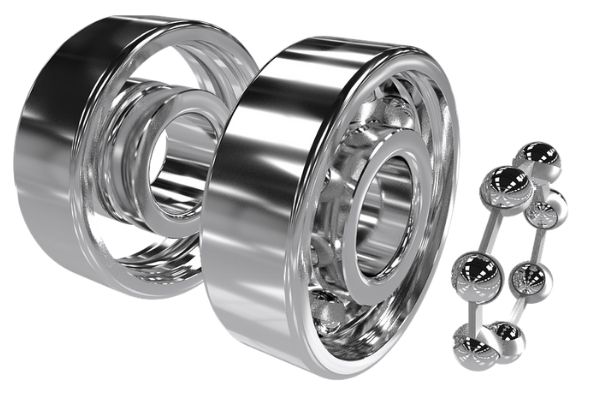Syllabus of lectures:
1. Fundamentals of technical drawing, orientation in drawing documentation.
2. Fundamentals of engineering metrology, errors and uncertainties of measurement, roughness parameters and their measurement.
3. Terminology, division of machining methods, description of cutting tool, machining movements, tool angles and planes.
4. Creation and shaping of chip, heat and temperature during machining, thermal balance, cutting environment.
5. Cutting tool edge wear, tool life and durability, Taylor's relationship, cutting tool ability, machinability.
6. Cutting tool materials (steels, sintered carbides, cutting ceramics, cermets, cubic boron nitride, diamond).
7. Production process, choice of bases, sequence of operations, technology of construction, types and methods of assembly.
8. Turning, basic concepts, turning forces, tools for turning, marking of holders and ISO VBD, turning cones, lathes, workpiece clamping.
9. Milling, types, ups and down milling, milling tools, milling machines, milling accessories, dividers, workpiece clamping.
10. Drilling, cutting forces at drilling, drilling tools, reaming, drilling and boring machines.
11. Planing, shaping, stretching, extrusion, machines and tools for these operations, cutting material (cutting, cutting, burning)
12. Grinding, cutting forces at grinding, grinding machines and tools, finishing machining methods - honing, superfinishing, lapping.
13. Thread production, production of gears - methods, principles, unconventional machining methods.
14. Fundamentals of welding (welding technology, welding control and defects).
1. Fundamentals of technical drawing, orientation in drawing documentation.
2. Fundamentals of engineering metrology, errors and uncertainties of measurement, roughness parameters and their measurement.
3. Terminology, division of machining methods, description of cutting tool, machining movements, tool angles and planes.
4. Creation and shaping of chip, heat and temperature during machining, thermal balance, cutting environment.
5. Cutting tool edge wear, tool life and durability, Taylor's relationship, cutting tool ability, machinability.
6. Cutting tool materials (steels, sintered carbides, cutting ceramics, cermets, cubic boron nitride, diamond).
7. Production process, choice of bases, sequence of operations, technology of construction, types and methods of assembly.
8. Turning, basic concepts, turning forces, tools for turning, marking of holders and ISO VBD, turning cones, lathes, workpiece clamping.
9. Milling, types, ups and down milling, milling tools, milling machines, milling accessories, dividers, workpiece clamping.
10. Drilling, cutting forces at drilling, drilling tools, reaming, drilling and boring machines.
11. Planing, shaping, stretching, extrusion, machines and tools for these operations, cutting material (cutting, cutting, burning)
12. Grinding, cutting forces at grinding, grinding machines and tools, finishing machining methods - honing, superfinishing, lapping.
13. Thread production, production of gears - methods, principles, unconventional machining methods.
14. Fundamentals of welding (welding technology, welding control and defects).
